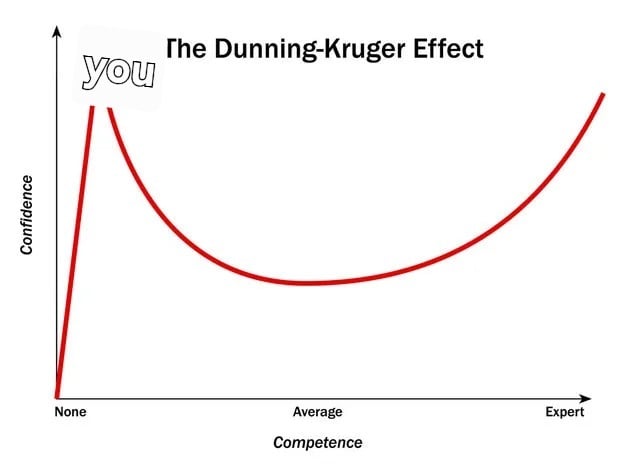

I’m currently watching The Practice. One of my favorite shows. Over the years it’s been on Netflix, prime, and shit like peacock and tubi. I can’t keep up with all that. Right now it’s in Amazon prime which I have but can’t watch because I have a “business” account and according to Amazon I shouldn’t be watching shows and movies on a “business” account.
Soooo… To the high seas I go. Not that I don’t want to pay for it but because it’s so much easier.
And now I’ll have the show for whenever I want to watch it.





No, it failed because making a good game was pushed aside in favor of making a game with a message—and not even a very good one.
I once played a D&D game where our party was hired to clear a camp of murderous orcs. When we arrived, the camp was nothing but women and children; the male orcs had already been slaughtered by someone else.
But because they were orcs, and because there was a stigma attached to their existence, we were still expected to kill them. Apparently, their heads were worth the same regardless of gender or age.
We were playing a game, but it still felt wrong, and everyone at the table was uncomfortable. That is how you deliver a meaningful message. Not by saying, “I’m nonbinary”—because, in the context of Dragon Age: The Veilguard, no one cares.
You don’t just ram a message down your players’ throats. You present it in a way that is playable and contextual to the game’s world and lore.
The Veilguard is set in a magical world. There is no reason to have nonbinary or trans people with surgical scars when Dragon Age literally has polymorph magic—they can change their gender whenever they want.
It makes no sense to have nonbinary people in The Veilguard!